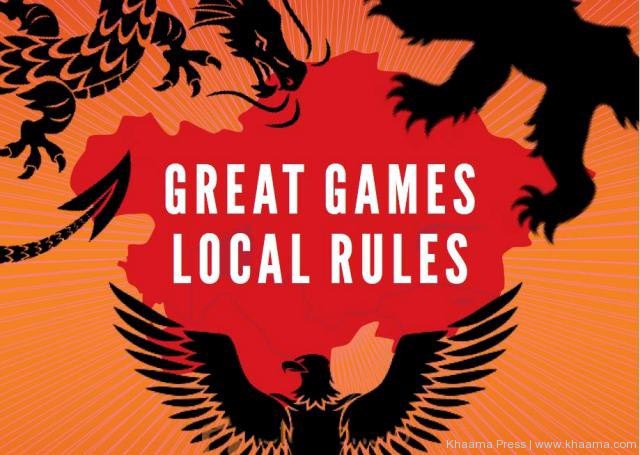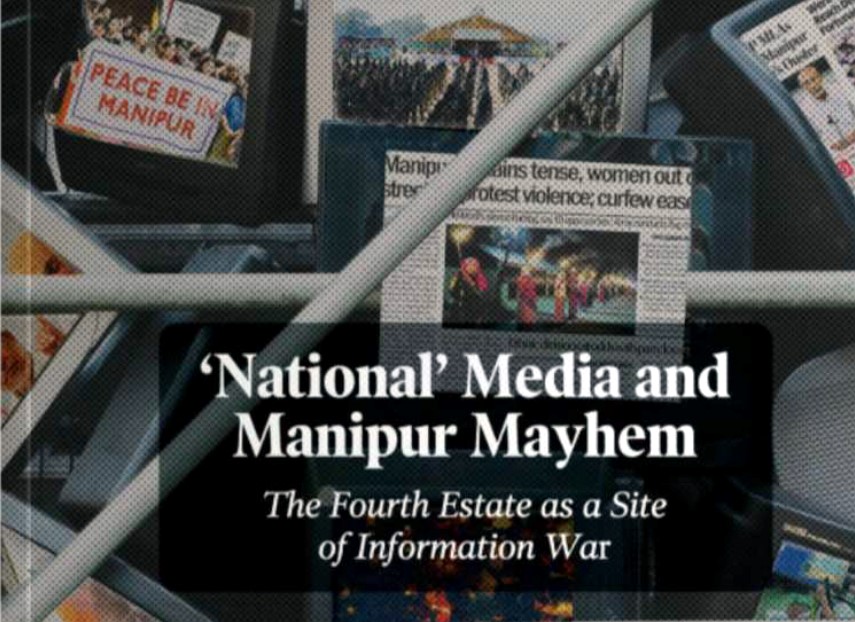Had it not been for a rather sensational revelation by Bangladesh Prime Minister Sheikh Hasina, the rumour that a certain western country—ostensibly the US—is working to create a Christian nation carved out of Myanmar and Bangladesh, with the possibility of including some Indian territory, would have passed as just another wild story from the internet’s expanding tribe of conspiracy junkies.
The prime minister told her 14-party coalition partners in late May that she had been approached by a ‘white’ foreigner before the country’s January 7, 2024, parliamentary elections, promising smooth sailing for her party if she allowed his country to set up an air base in Bangladesh. She, of course, said no.
Even if Prime Minister Hasina was using this rumour as an opportunity to buttress her political legitimacy and authority after a controversial election victory amid boycott by the main opposition outfit, the Bangladesh Nationalist Party, and poor voter turnout of less than 40 percent, the belief that western powers, in particular the US, had a deep strategic interest in the region has been the assessment of several geopolitical analysts. Such views were aired especially in the wake of the chaos Myanmar has descended into since the February 2021 military coup.
Former Indian diplomat and now a columnist for The New Indian Express, M K Bhadrakumar, minced no words in an article last year that Myanmar’s descent into chaos suited the western gameplan to encircle and destabilise China, and to root out Russia’s influence over Myanmar’s military. According to the writer, the West was looking for safe sanctuaries for anti-junta fighters outside of the country just as in the case of Afghan Pashtun fighters during the Russian occupation of Afghanistan, when Pakistan became such a base.
Pakistan paid and continues to pay a heavy price for this allowance, long after the West’s interest have shifted elsewhere. Bhadrakumar cautioned India not to be sucked into the Myanmar insurrection so as not to risk a similar experience. He also hinted at a US offer to mediate the ethnic crisis in Manipur not long after it broke out in May last year, which fitted into this larger geopolitical gameplan. India, of course, declined that offer.
Half a century ago, US strategic interest in the Indian Northeast was evident in their dealing with the Chinese takeover of Tibet. Ironically, the concern for the US at the time under President Dwight David Eisenhower, though focused on China, was for a radically different reason than now. The fight then was against Communism and not China, and indeed the US was supporting General Chiang Kai-shek’s nationalist Kuomintang to fight Mao Zedong’s Communist party. Today, the fight is no longer against Communism, but China as an economic and military rival of the West.
Lezlee Brown Halper and Stefan Halper’s 2014 book, Tibet: An Unfinished Story, which bases its contentions largely on declassified CIA documents, has some telling viewpoints on this. In the mid-1950s, while Bangladesh was still East Pakistan and Pakistan was a US ally, the US had a strategic air command recovery field in East Pakistan’s Kurmola, now Cumilla, which was once the capital of the erstwhile Tripura kingdom. This base was used for ‘Washington’s clandestine program in Tibet’ (the title of a chapter in the book), including transporting Tibetan Khampa insurgents beginning October 1957, to be taken to the US’s Saipan Naval Technical Training Unit, Mariana islands, via another US military base in Okinawa.
Prime Minister Jawaharlal Nehru, though he was no Communist, never agreed to the US’s overtures to join the anti-Communist campaign and preferred India to remain non-aligned in the unfolding Cold War. On the contrary, he had a personal dislike for the crusading evangelical zeal of both President Eisenhower and his Secretary of State, John Foster Dulles, who both hated Communism not for the ideology but believing it was scripturally diabolical and evil, needing to be destroyed wherever it manifested. Nonetheless, on Indian soil too, Kalimpong—the transit point to Tibet in North Bengal, where the 14th Dalai Lama’s elder brother Gyalo Thondup took refuge—had at the time become a den of foreign spies. Many China and Tibet scholars, including Professor Parshotam Mehra, have point this out too.
The morals of Big Power politics are not quite what smaller players dragged into it expect. Tibet learnt this lesson with dismay. The Dalai Lama fled Lhasa on March 10, 1959, after the Chinese began a brutal repression of the Khampa rebellion. He crossed over to India at Tawang on March 31, and proceeded to Tejpur on April 23 via Bomdila. Once settled, the Tibetans began their campaign at the United Nations to have it recognise China’s aggression on Tibet’s sovereignty. No country, not even the US, backed the move citing national interest. Eventually, it was El Salvador that filed a request for a debate in the UN General Assembly, a move that died in a whimper for the lack of substantive support when it came up for discussion on November 24.
A decade later, more disillusionment awaited the Tibetans. In the late 1960s, when a rift between the Soviet Union and China became evident, the US, then under President Richard Nixon and Secretary of State Henry Kissinger, did a volte face to court and befriend China. President Nixon’s 1972 Beijing visit announced this strange new partnership with fanfare. In this softening of stance towards China, it is said Neville Maxwell’s controversial 1970 book, India’s China War, which Kissinger gifted and recommended President Nixon to read, had a part.
The pulls of Big Power politics often become impossible to avoid. As the Halpers note, even in the 1950s the US considered democratic and theist India a natural ally, but President Eisenhower was impatient with Prime Minister Nehru’s stance of non-alignment and refusal to join his anti-Communist crusade. Pakistan, thus, took India’s place as a strategic partner. But this unwittingly nudged India closer to the Soviet bloc, a consequence many American historians now feel should have been avoided.
The moot point is, the rumours of the West wanting a base in the Indian Northeast in its campaign to contain China, despite the considerable traction it has gained in the region, should not be a cause for inordinate alarm. But at the same time, it should also not be taken too lightly.
This article was first published in The New Indian Express. The original can be read HERE










